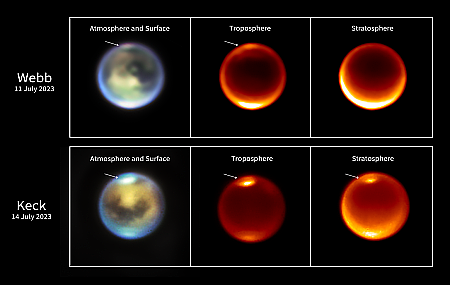May 16, 2025 Quick space links
Courtesy of BtB’s stringer Jay. This post is also an open thread. I welcome my readers to post any comments or additional links relating to any space issues, even if unrelated to the links below.
- Scientists claim tree ring data shows impact of biggest solar storm ever in 12,350 BC
I have three words: The uncertainty of science.
- Ispace reports Resilience lunar lander is in good shape in lunar orbit, preparing for June 5, 2025 landing
You can see a Lunar Reconnaissance Orbiter image of the landing zone here.
- China’s intended manned capsule for its lunar missions, dubbed Mengzhou, is about to undergo launch abort tests
The tweet really provides no real info.
- Japan’s MMX spacecraft for bringing back samples from the Martian moon Phobos undergoing ground thermal vacuum tests
Due to problems with Japan’s H3 rocket, its launch was delayed from August ’25 to December ’26.
Courtesy of BtB’s stringer Jay. This post is also an open thread. I welcome my readers to post any comments or additional links relating to any space issues, even if unrelated to the links below.
- Scientists claim tree ring data shows impact of biggest solar storm ever in 12,350 BC
I have three words: The uncertainty of science.
- Ispace reports Resilience lunar lander is in good shape in lunar orbit, preparing for June 5, 2025 landing
You can see a Lunar Reconnaissance Orbiter image of the landing zone here.
- China’s intended manned capsule for its lunar missions, dubbed Mengzhou, is about to undergo launch abort tests
The tweet really provides no real info.
- Japan’s MMX spacecraft for bringing back samples from the Martian moon Phobos undergoing ground thermal vacuum tests
Due to problems with Japan’s H3 rocket, its launch was delayed from August ’25 to December ’26.








